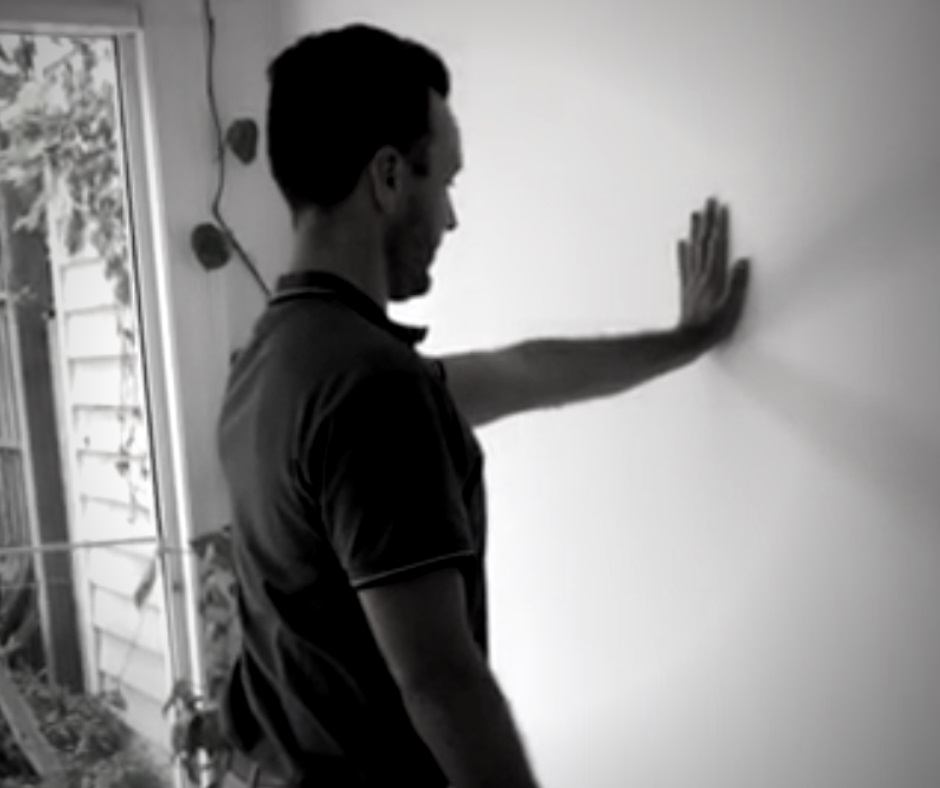Women’s Health Week 2020 – Diastasis Recti
As a mother of a six year old, Osteopath Gabby knows a thing or two about abdominal separation after child birth. With so much focus on the new arrival, mum’s are often over looked and this common occurrence known as ‘Diastasis Recti is commonly missed.
Although it’s termed “abdominal separation”, it’s not the actual abdominal muscles separating, it’s the linea alba, the fibrous structure that lies between the rectus abdominus that stretches. As the linea alba stretches, it gives the appearance that the abdominals are separated.
So why does this happen during pregnancy?

Diastasis recti needs to occur to support the growing baby. It’s a natural occurrence during pregnancy, mostly in the last few weeks of gestation.
Can you prevent a widening of diastasis during pregnancy?
YES you can to a certain extent with these factors that YOU can control. This can be achieved by:
- Good exercise
- Improved core function
- Good nutrition
Factors that you cannot control or change that will contribute to a diastasis are:
- Rapid growth rate of the baby
- Size of the baby
- How you “carry” the baby
Remember, you can’t prevent it completely because it’s naturally occurring.
Post Nataly…. What happens to your tummy then?
The best time to assess a diastasis recti is 2-3 weeks after giving birth. Having it assessed by a health professional who is trained at feeling for differences of muscle and tissue tension will give you a baseline to go from.
Your diastasis recti should naturally heal around the 8 week mark post partum, which is a great time to re assess. Left unmanaged it will most likely be the same at the 12 month mark post partum.
What is the GAP? How big is considered too big?
Pre pregnancy, chances are you don’t know unless you had it assessed. Therefore most women don’t know what their natural width is of their linea alba. That gap varies from 0.5 to 2.0cm.
The gap of your diastasis recti is generally wider at the belly button area than at the top of the abdominals. If the space between the abdominal muscles at the belly button is quite significant compared to the upper part, as well as the depth (how far down you can push your fingers into the abdomen) then it needs to be addressed.
What exercises are best for Diastasis Recti?
AVOID these exercises, especially during pregnancy and the first 6 weeks post partum.
- CRUNCHES – this is the biggest NO, NO. All crunches are forbidden. It can increase intra – abdominal pressure
- LEG LOWERS – lying on your back, both feet off the floor. Too advanced for a compromised core system
- FRONTAL PLANKS – 4 Point kneeling. It increases the load on a weakened core system
- PRESS UPS/PUSH UPS – 4 Point kneeling. As with the frontal planks, there’s too much load on the weak core
Crunches and Planks will cause FURTHER SEPERATION of your abdominals.
Safer exercise options are:
- Side plank variations
- Supported 4 point kneeling – to do press ups, glut kickbacks. Support your hands on the couch
- Press ups off the wall
With all exercises the main focus is on the activation of your transversus abdominus and pelvic floor muscles. They will help heal your diastasis recti as they narrow “the gap” when contracted.
Depending on the size and depth of your separation will affect how long it takes to heal. Recovery takes time as it may take anywhere from 8 weeks to 9+ months.

Our Osteopaths and Physiotherapists in Melbourne’s inner west, can help assess your diastasis and prescribe the correct exercises for you.




